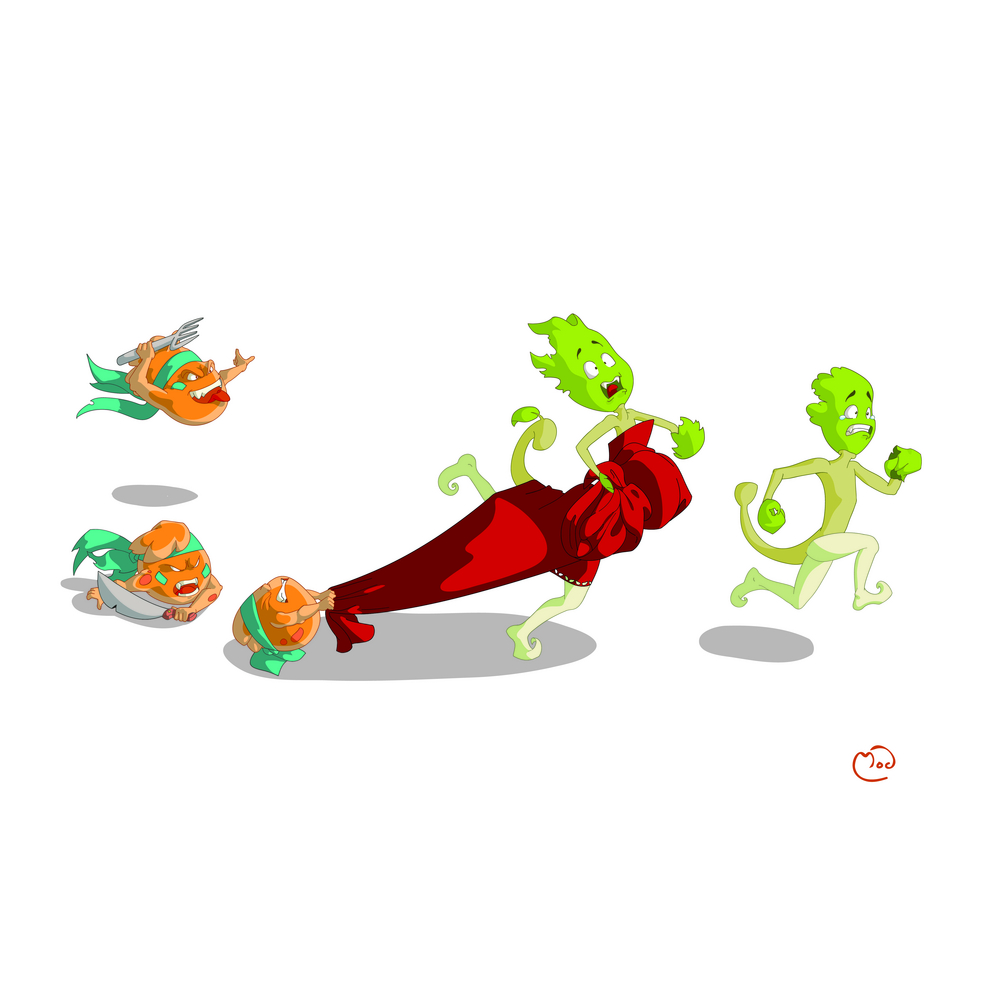The emerging role of TARGET OF RAPAMYCIN in the shade-induced susceptibility in plants.
Light is a key parameter for plant growth and survival. Plants absorb blue and red light (R) to fuel photosynthesis and reflect far-red light (FR) back to their surroundings. The reflection and subsequent accumulation of FR leads to a decrease in the ratio between R and FR (low R:FR) in the canopy. Low R:FR is sensed by a set of specialized photoreceptors called phytochromes and constitutes an early warning signal for close neighbouring vegetation (shade). Low R:FR perception by phytochromes triggers strong and rapid growth responses, known as the shade avoidance syndrome, mostly driven by the growth hormone auxin and allowing plants to grow taller than their neighbours. In addition to eliciting growth responses, low R:FR promote plant susceptibility to pathogen attacks. Indeed, shade strongly dampens defence hormone signalling; a process referred to as shade-induced susceptibility. Interestingly, this dampening of plant defence by low R:FR has long been attributed to a direct interplay between light and defence hormone signalling. However, other mechanisms, also affected by shade, have not yet been considered as potential components of the shade-induced susceptibility.
Recently, we found that plants experiencing low R:FR accumulate glucose, which is closely associated with faster lesion development by pathogens. Yet, the molecular mechanism behind how glucose accumulation leads to increased pathogen susceptibility remains elusive. In a recent RNA-sequencing study, we found that TARGET OF RAPAMYCIN (TOR) is upregulated in response to low R:FR. In eukaryotes, TOR is a master growth regulator activated by glucose and auxin, both strongly elevated in shaded plants, too. I am currently investigating if and how shade signals could promote growth at the expense of defence in a TOR-dependent manner. The gained insights will be instrumental for understanding how plants respond to shade to engineer pathogen-resilient crops, which can be grown at higher densities.







